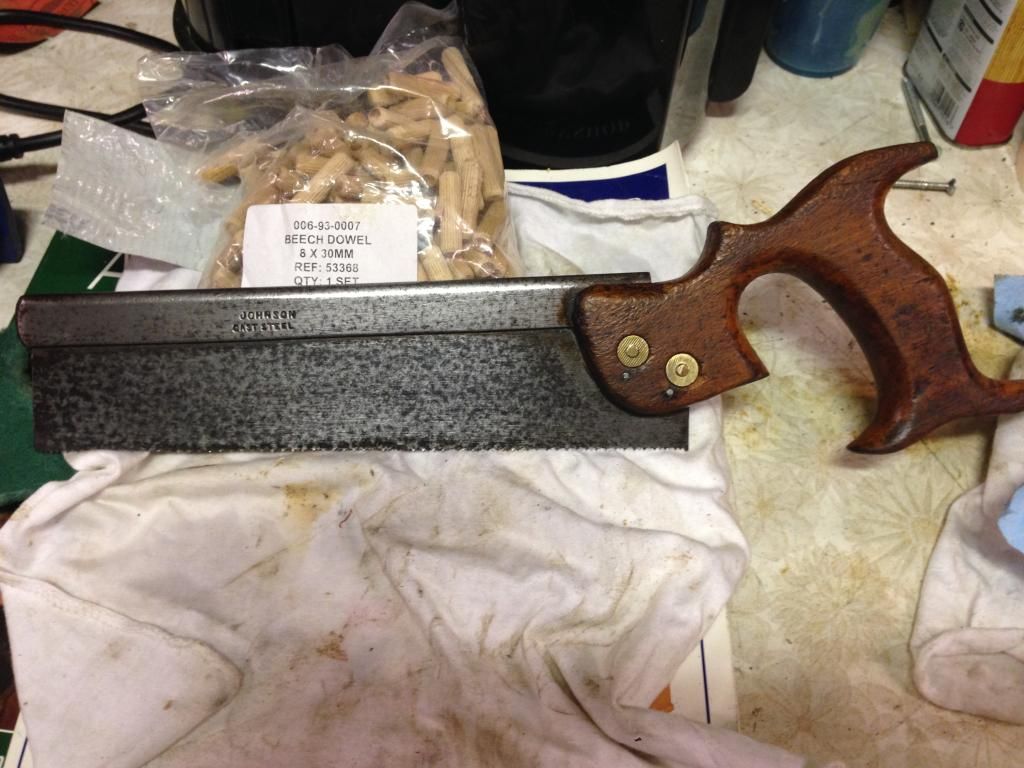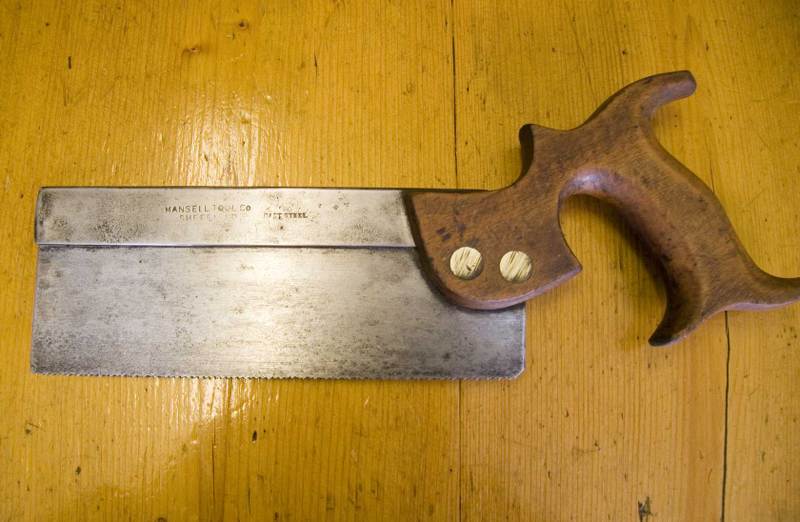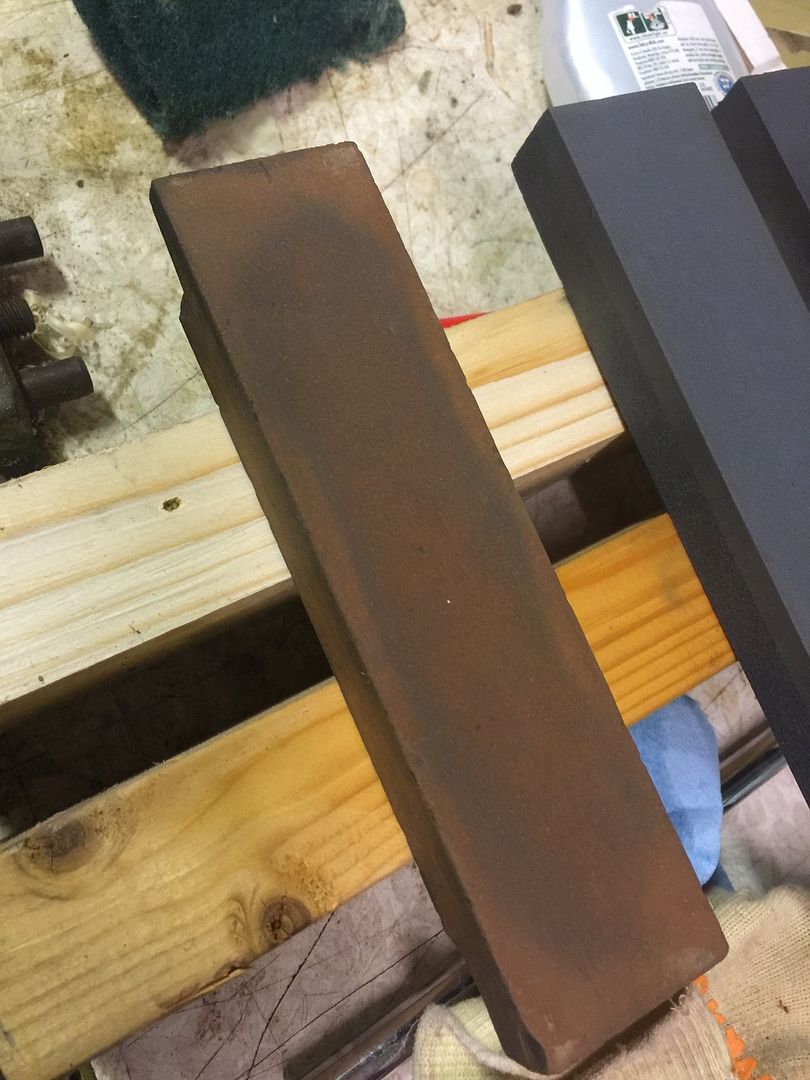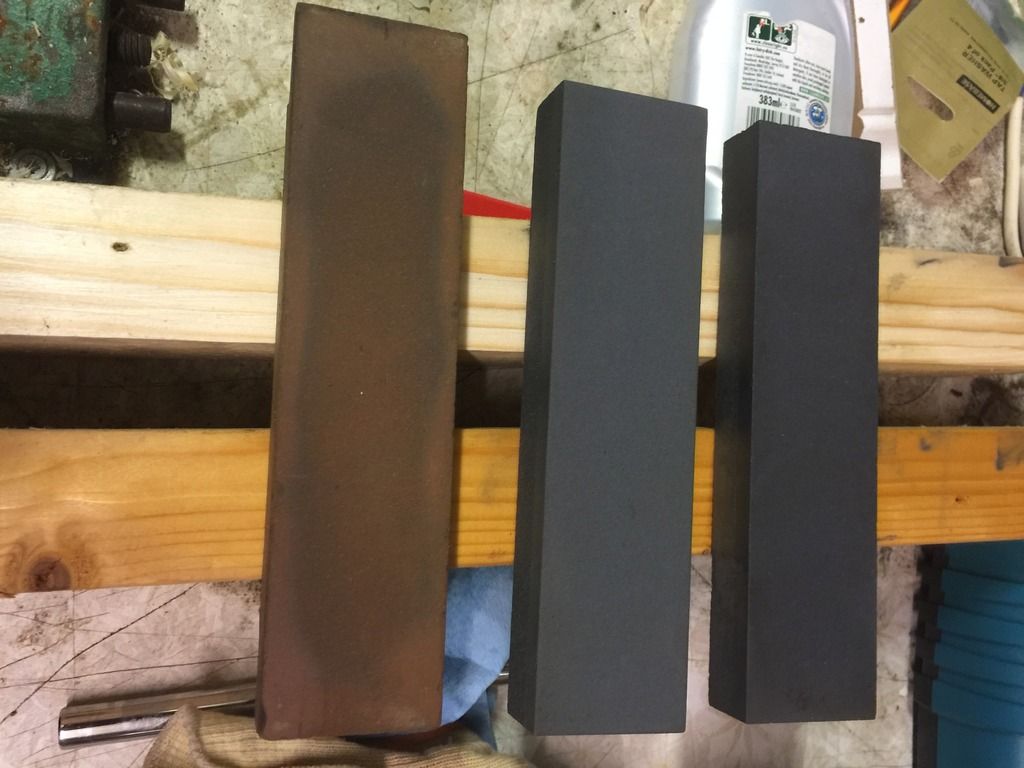memzey":20ult3w1 said:Well then I am in need of some guidance from an experienced sharpener then! Anyone in the St. Albans area willing to show me how it's done? It's probably a bit less interesting but does anyone know the provenance of the Johnson DT saw? I can't quite explain why but it feels really well made. The previous owner must have thought so too as he carved his name in the foot of the handle which you might not do for a lower quality tool?
It's worth repeating that in my opinion the single most thorough YouTube guide to saw sharpening is this video by Andy (Brit) - http://www.youtube.com/watch?v=u-_MF2Mnxwc&feature=player_embedded.
As for naming tools, apparently it was a condition of the tool insurance given by trades unions that all tools had to be marked with the owner's name - so people would have marked all their tools, not just their best ones.










